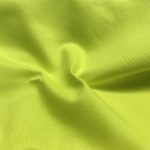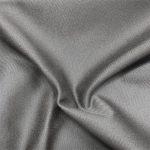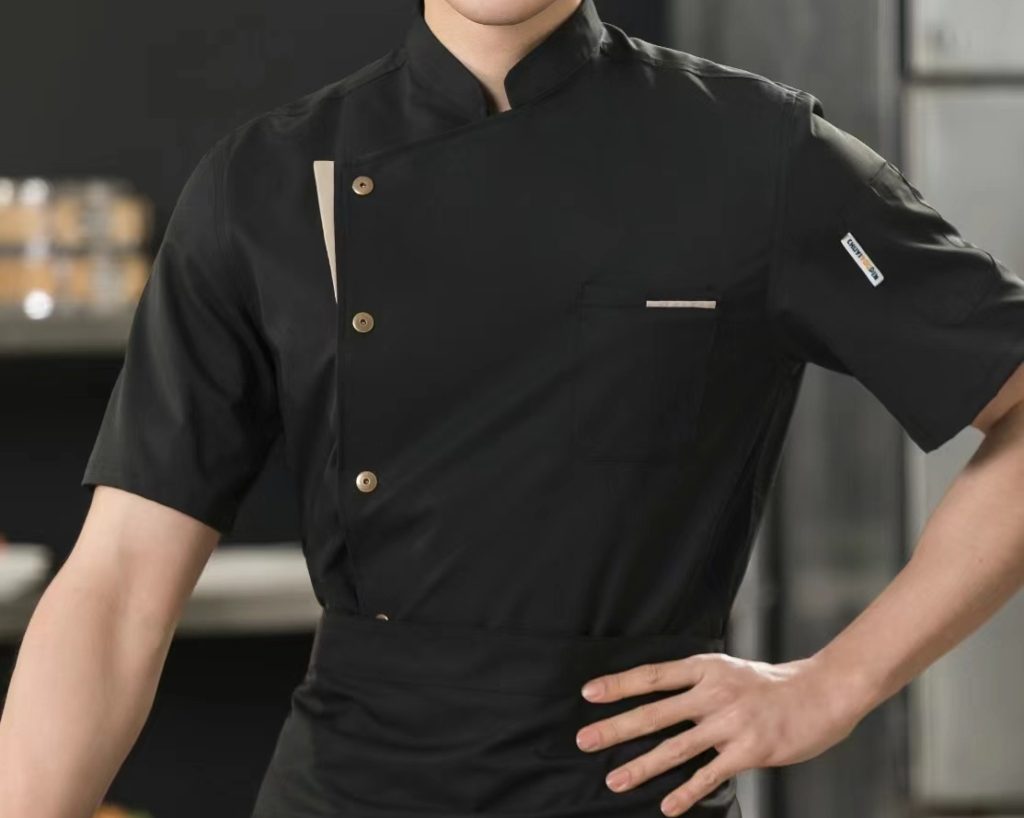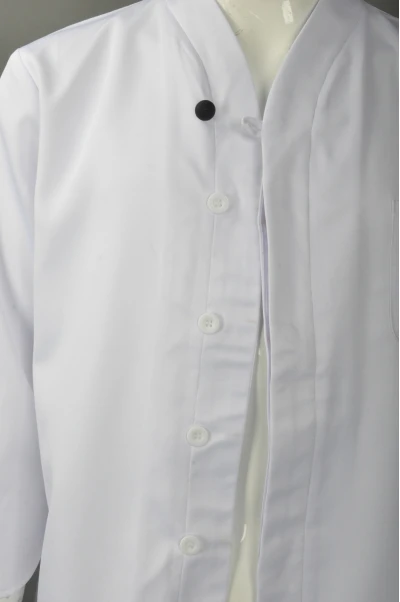I. Safety Testing
1. Fire Resistance
- Chefs often come into contact with open flames and high temperatures during cooking, so the fabric must have good fire resistance. Using the vertical combustion test method, the burning spread time of the fabric should comply with relevant safety standards to ensure that it can provide certain protection in case of accidental contact with fire sources and reduce the risk of burns.
- Conduct thermal protection performance tests to evaluate the fabric’s ability to block heat transfer in high-temperature environments to protect the chef’s skin from scalding.
2. Antibacterial Properties
- Since chef uniforms are prone to contamination with food residues and bacteria during work, the fabric should have effective antibacterial properties. Through bacterial culture and counting methods, detect the inhibitory effect of the fabric on common foodborne pathogenic bacteria such as Escherichia coli and Staphylococcus aureus to ensure that the growth and spread of bacteria on the fabric are controlled.
- Conduct antibacterial durability tests to simulate the antibacterial effect after multiple washes to ensure that good antibacterial properties can still be maintained after long-term use and washing.
3. Chemical Residues
- Test whether the fabric contains harmful chemicals to the human body, such as formaldehyde, azo dyes, etc. Use professional chemical analysis instruments, such as gas chromatography-mass spectrometry (GC-MS), high-performance liquid chromatography (HPLC), etc., and conduct tests strictly in accordance with relevant national standards and industry regulations to ensure the chemical safety of the fabric.
II. Comfort Testing
1. Breathability
- Good breathability helps chefs stay dry and comfortable in the high-temperature kitchen environment. Use breathability testing instruments to measure the air flow through the unit area of the fabric within a unit time to evaluate its breathability.
- Conduct human body simulation tests, have volunteers wear chef uniforms and work in a simulated kitchen environment, and monitor the changes in humidity and temperature on the skin surface to intuitively evaluate the impact of the fabric’s breathability effect on human comfort.
2. Moisture Absorption
- The fabric should be able to quickly absorb the sweat produced by chefs during work and keep the skin dry. Through drip tests and moisture absorption rate determination, evaluate the speed and capacity of the fabric to absorb moisture.
- Conduct moisture absorption tests after multiple washes to examine the stability of the fabric’s moisture absorption performance during long-term use.
3. Softness
- Soft fabrics can reduce friction and irritation to the chef’s skin. Use the hand-feel evaluation method and fabric softness tester to comprehensively evaluate the softness of the fabric to ensure a comfortable feeling when worn.
III. Durability Testing
1. Abrasion Resistance
- Chef uniforms are frequently subject to friction and wear during daily work, and the fabric must have sufficient abrasion resistance. Use the Martindale abrasion tester to simulate the actual friction situation. After a certain number of frictions, observe the surface wear degree and mass loss of the fabric.
- Conduct pilling tests to evaluate whether the fabric is prone to pilling after friction, affecting the appearance and service life.
2. Tensile Strength
- Test the tensile strength of the fabric in the longitudinal and transverse directions to ensure that it is not easily torn or deformed during wearing and use. Use a universal material testing machine to conduct tensile tests on fabric samples and record the tensile force value and elongation at break.
- Conduct stitch strength tests to check the tensile strength at the junction of the fabric and the stitch to prevent the stitch from breaking and causing clothing damage when subjected to force.
3. Color Fastness
- Chef uniforms need to be washed frequently, and the color of the fabric should have good color fastness to avoid fading and staining. Conduct tests for color fastness to washing, color fastness to rubbing, and color fastness to perspiration. Evaluate the stability of the fabric color according to the standard color fastness rating method.
IV. Cleanability Testing
1. Stain Resistance
- The fabric should have certain stain resistance to prevent grease, sauces and other stains from easily penetrating and adhering. Conduct pollution tests with oil and sauces to observe the penetration of stains on the fabric surface and the difficulty of cleaning.
- Evaluate the self-cleaning effect of the fabric on common stains, that is, the ability of the fabric to remove stains by itself without using strong cleaners.
2. Washability
- Test the cleanliness and appearance recovery of the fabric after going through the regular washing process. Through simulated multiple washes, observe whether the fabric shrinks, deforms, fades, and whether the stains can be completely removed.
V. Dimensional Stability Testing
1. Shrinkage Rate
- Subject the fabric to washing and drying treatments and measure its shrinkage rate in the length and width directions. The shrinkage rate should be controlled within a reasonable range to ensure that the chef uniform can still maintain the appropriate size and style after washing.
- Conduct size change tests after steam treatment to simulate the dimensional stability of chef uniforms in a high-temperature steam environment.
2. Stretch Deformation
- Apply a certain tensile force to the fabric and observe its recovery ability and deformation degree after stretching. The stretch deformation rate should comply with relevant standards to ensure that the chef uniform does not lose its original shape and size due to excessive stretching during wearing and movement.
Conclusion
In conclusion, a complete set of testing standards for chef uniform fabrics should cover multiple aspects such as safety, comfort, durability, cleanability, and dimensional stability. Through strict testing in accordance with these standards, the quality and performance of chef uniform fabrics can be ensured, providing chefs with safe, comfortable, durable, and easy-to-maintain work clothing, and enhancing the overall image and service quality of the catering industry. At the same time, with the continuous advancement of technology and changes in industry needs, these testing standards should also be continuously updated and improved to adapt to new challenges and requirements.

 100% COTTON FABRIC
100% COTTON FABRIC COTTON STRETCH FABRIC
COTTON STRETCH FABRIC POLYESTER/COTTON FABRIC
POLYESTER/COTTON FABRIC OTHERS FABRIC
OTHERS FABRIC
